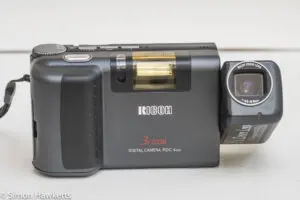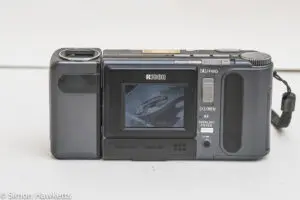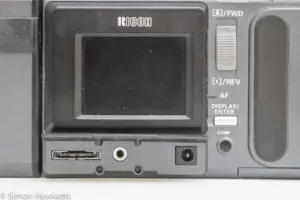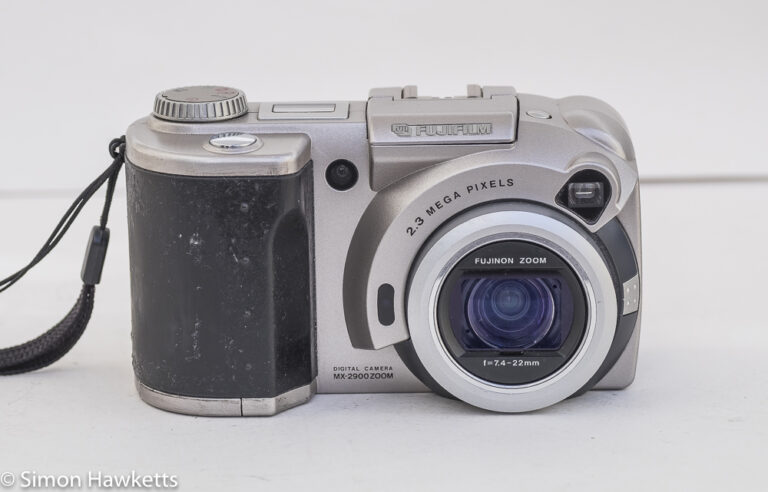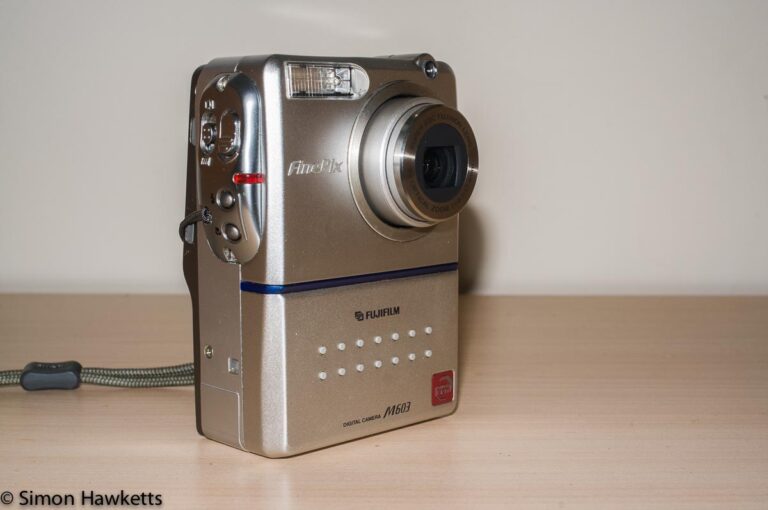Ricoh RDC-4200 digital camera
The subject of this post is the Ricoh RDC-4200, an early digital camera made by Ricoh in about 1999.
Ricoh RDC-4200 Images and Sample pictures
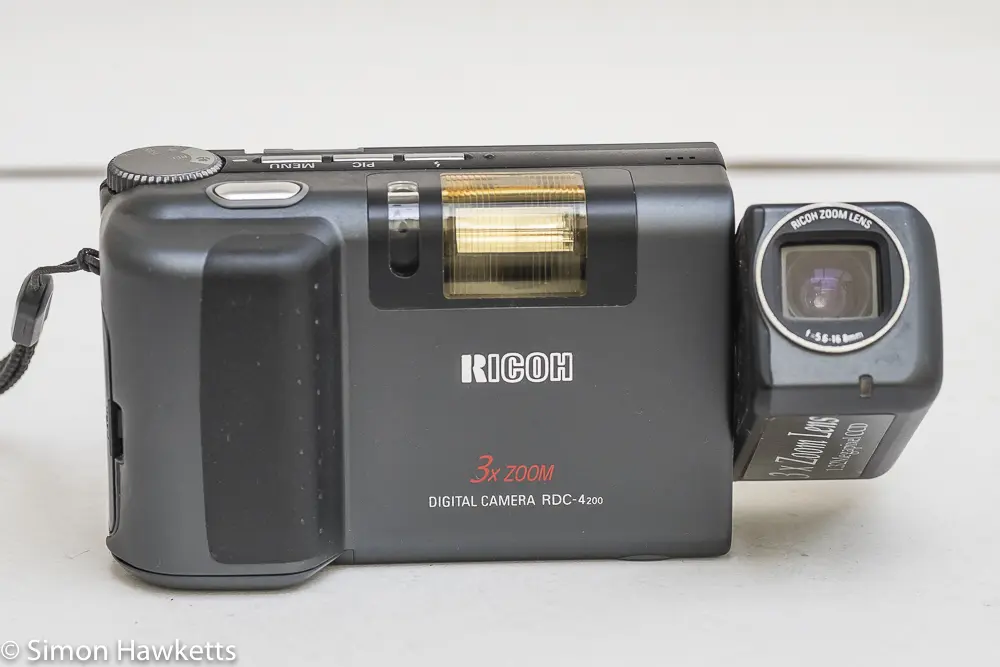
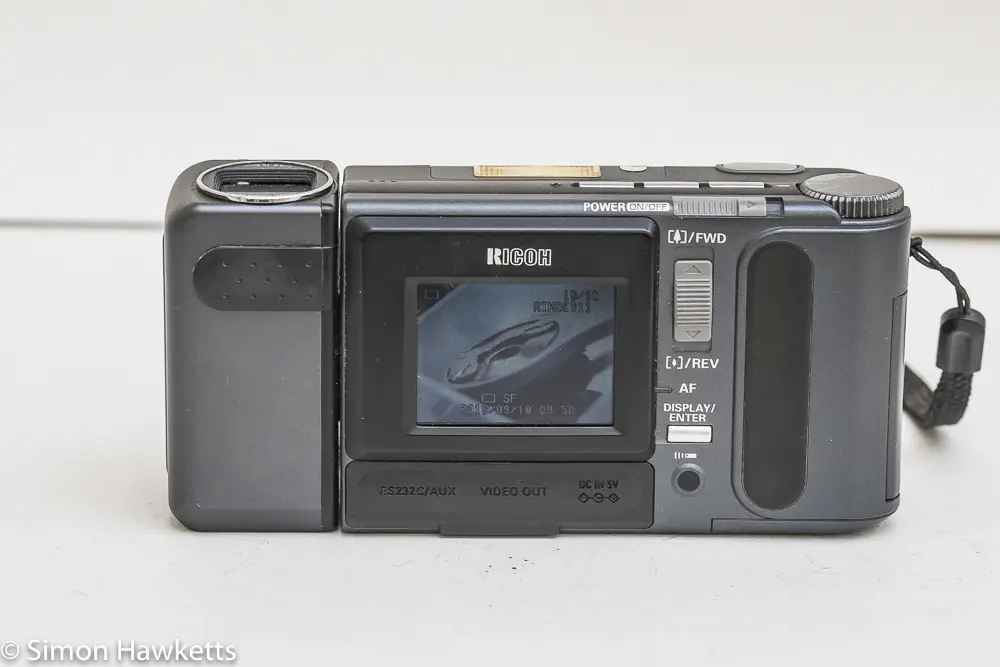

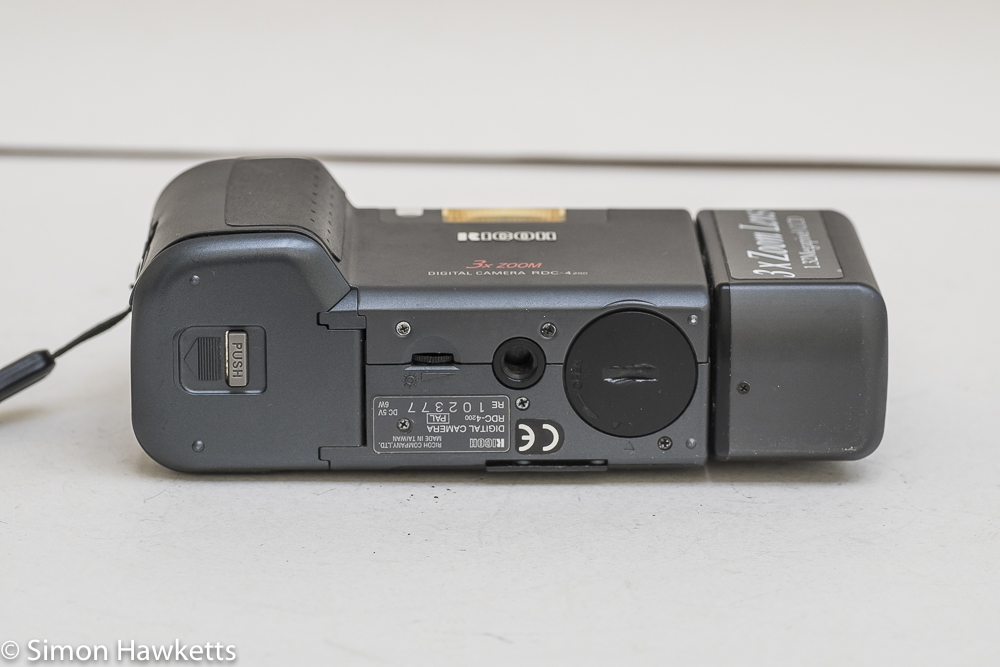

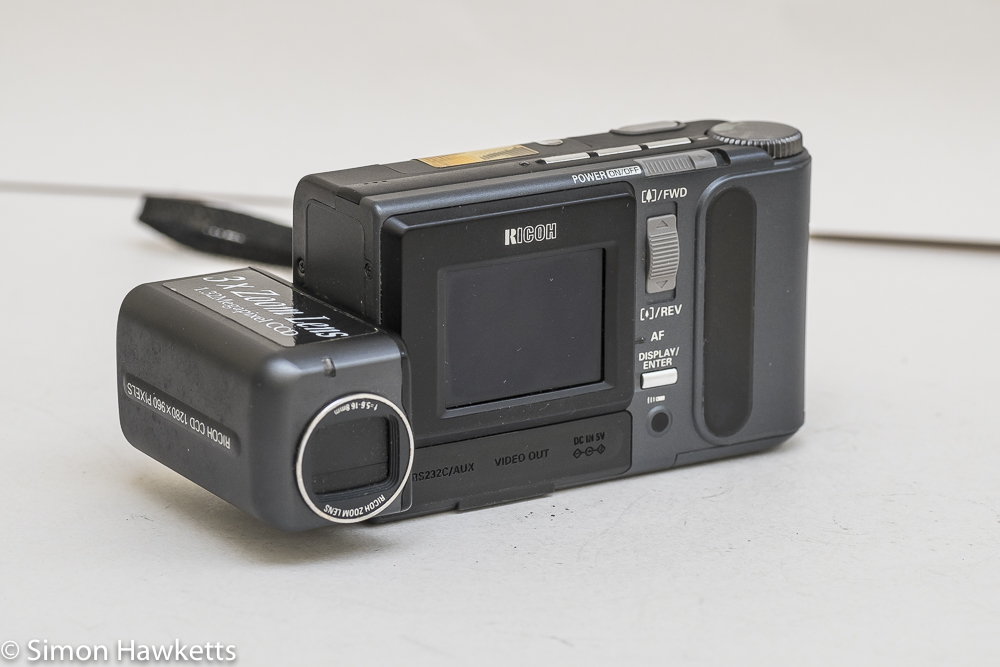
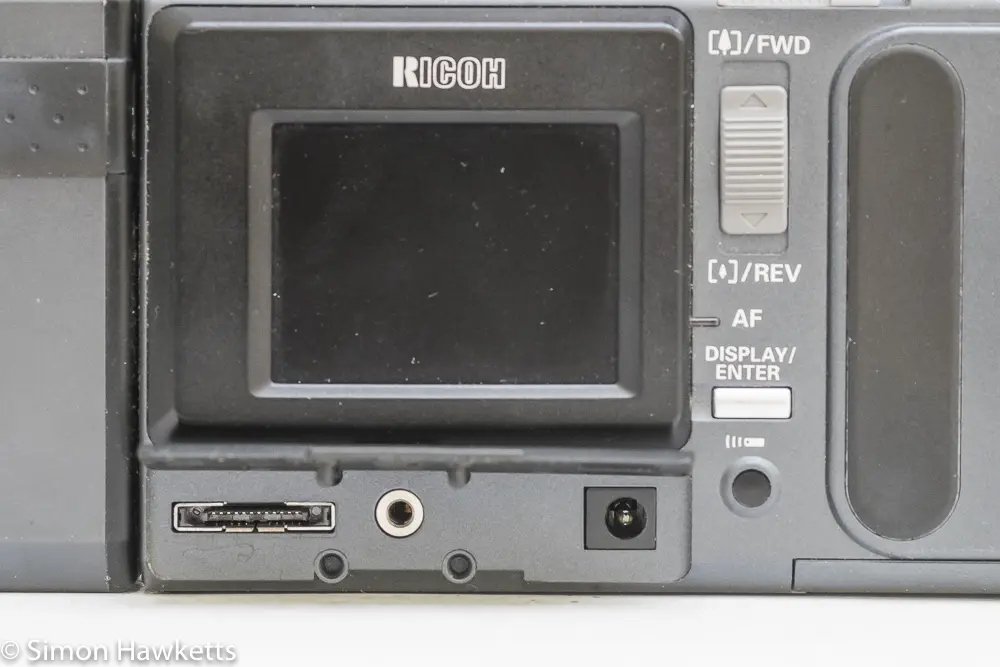
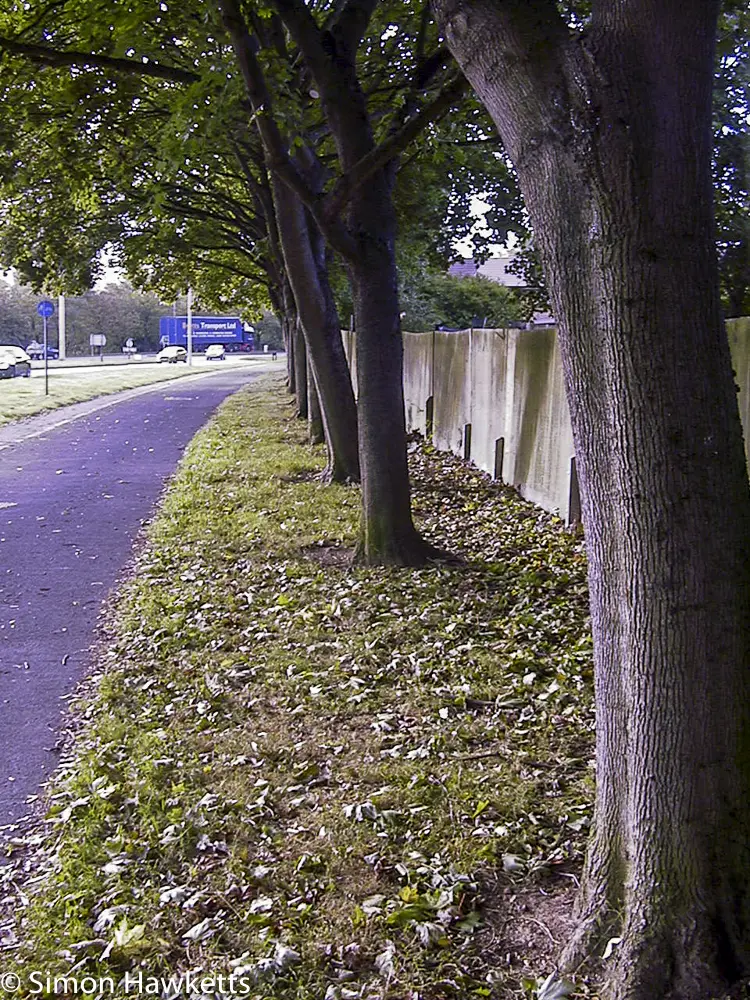
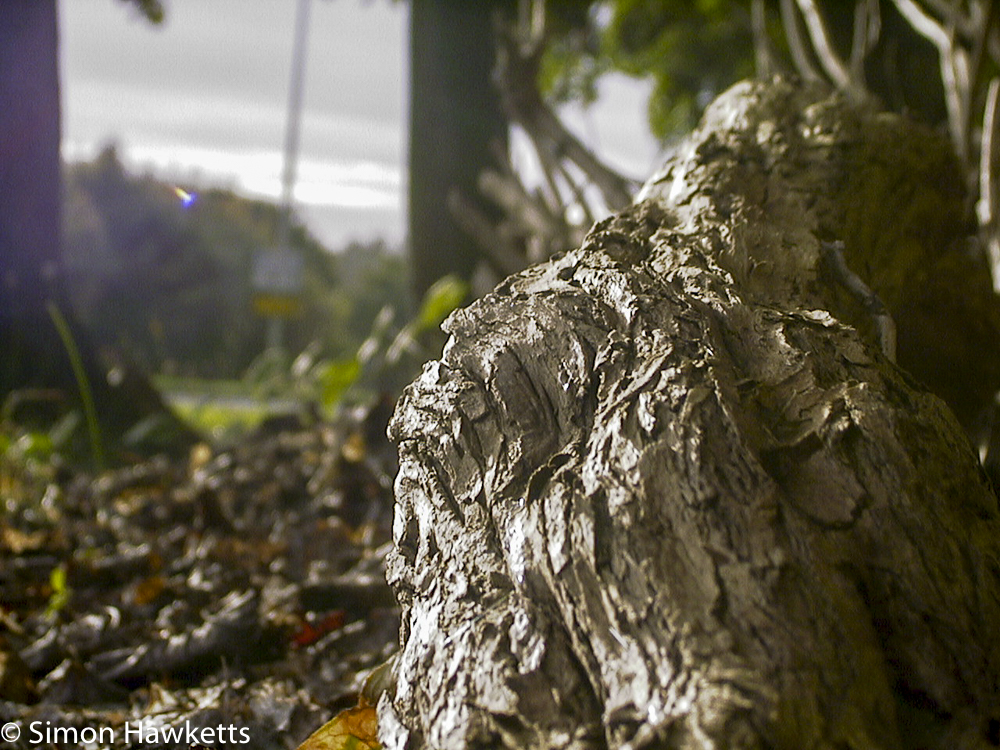
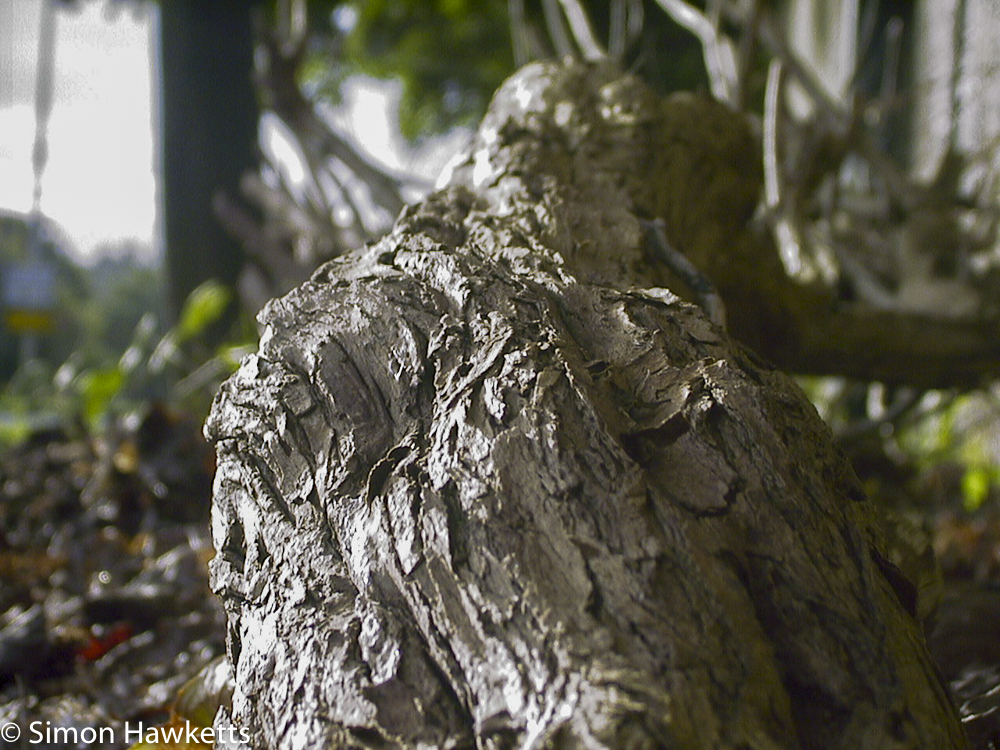
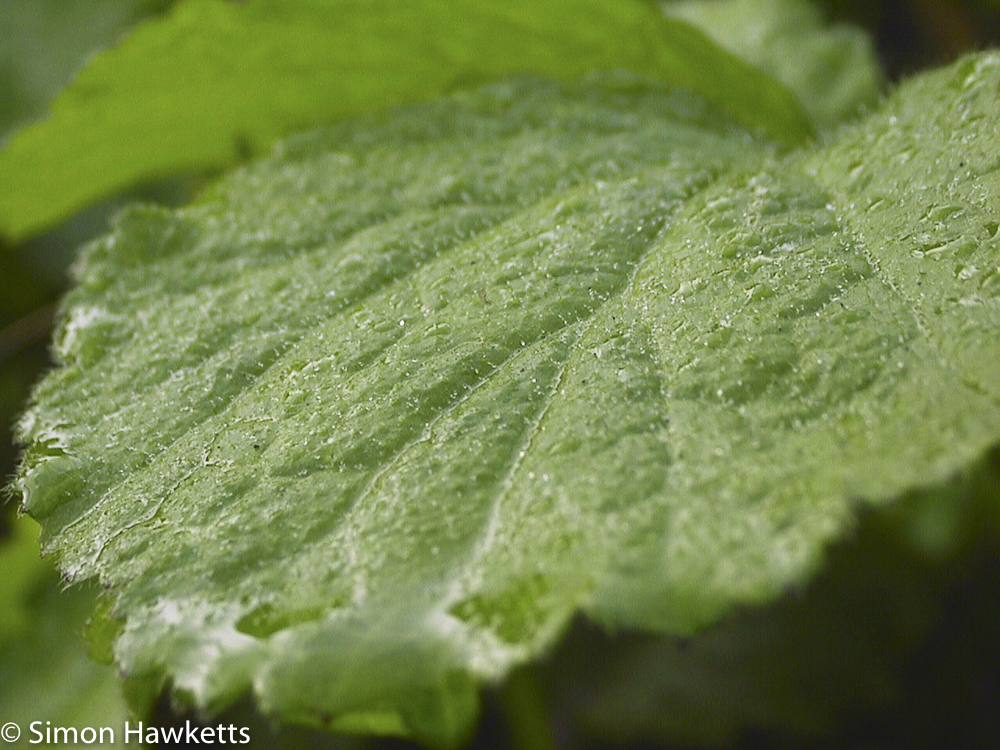
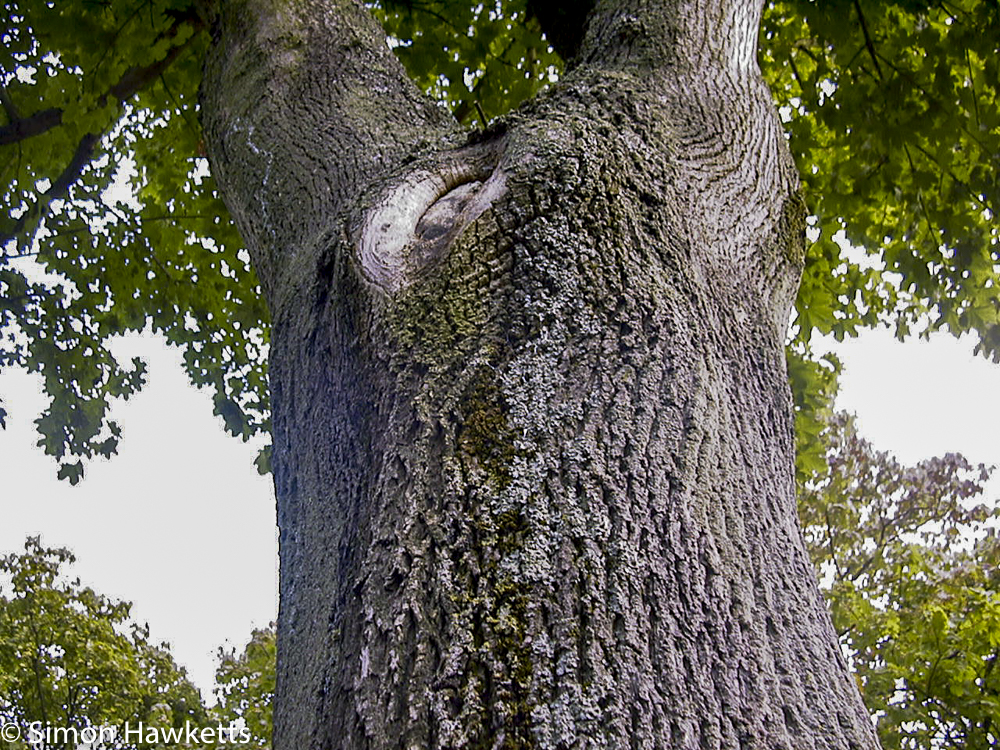
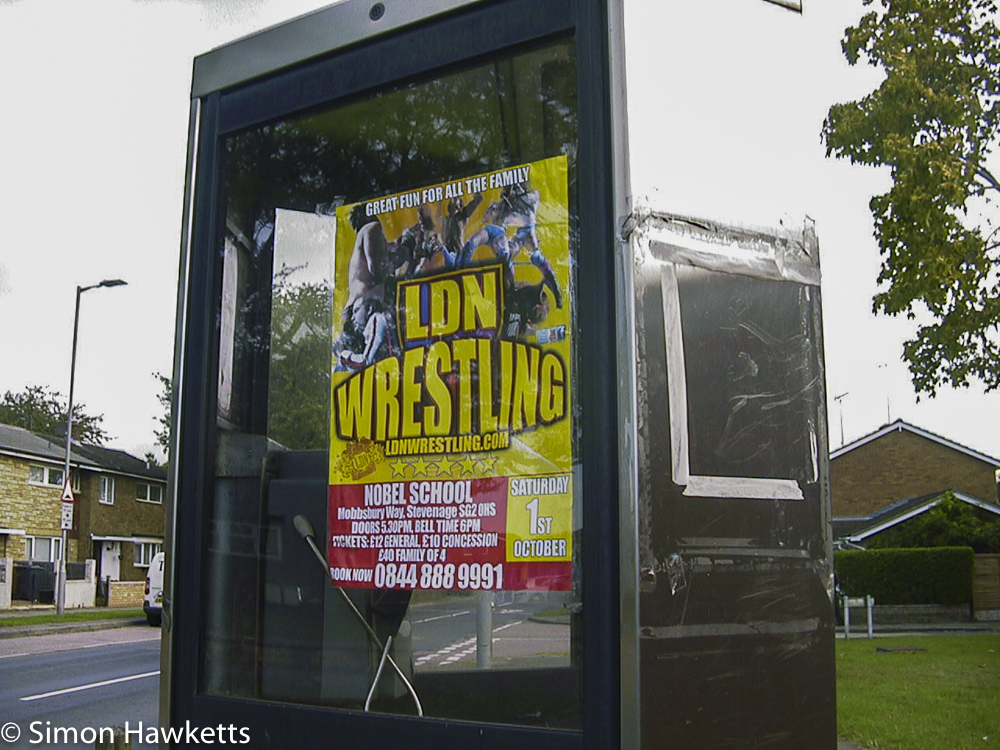
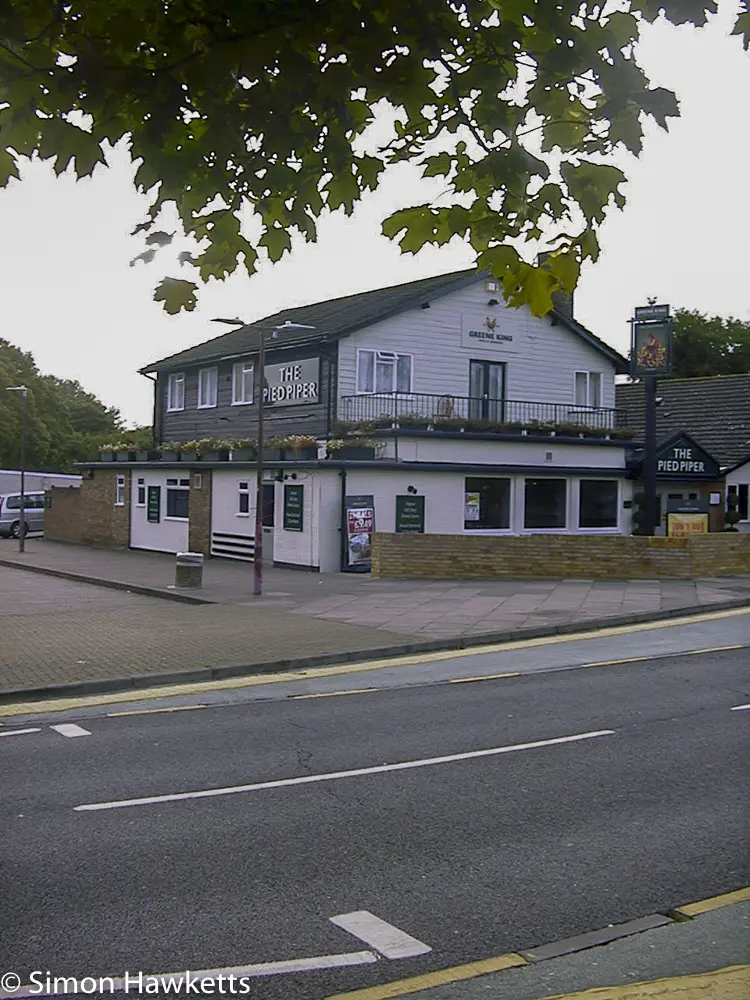
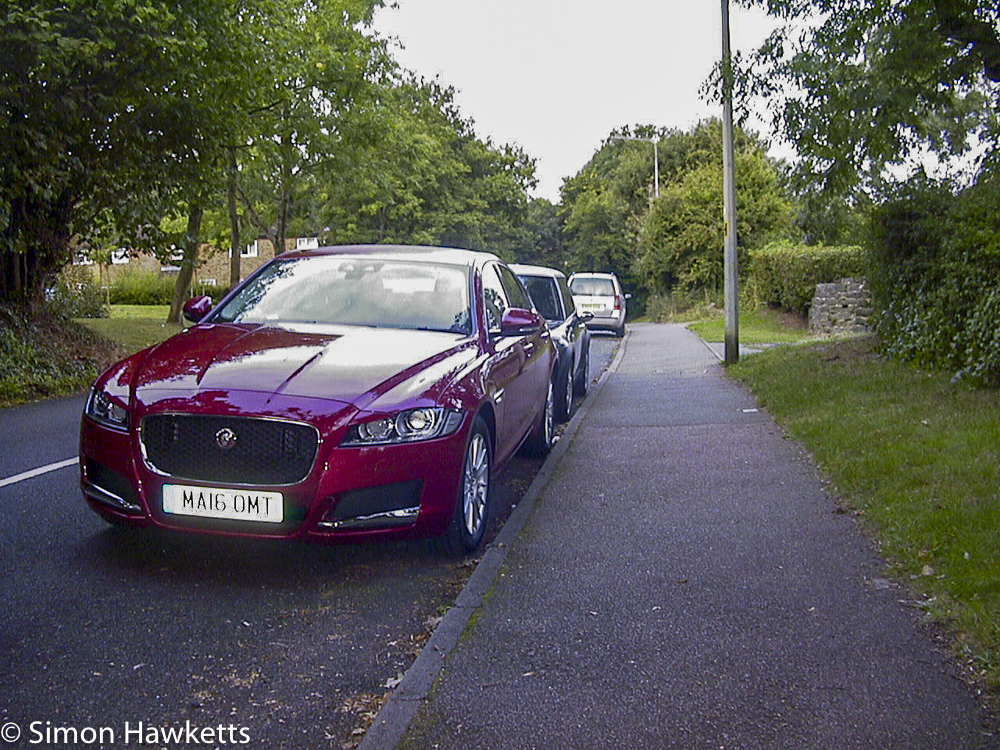
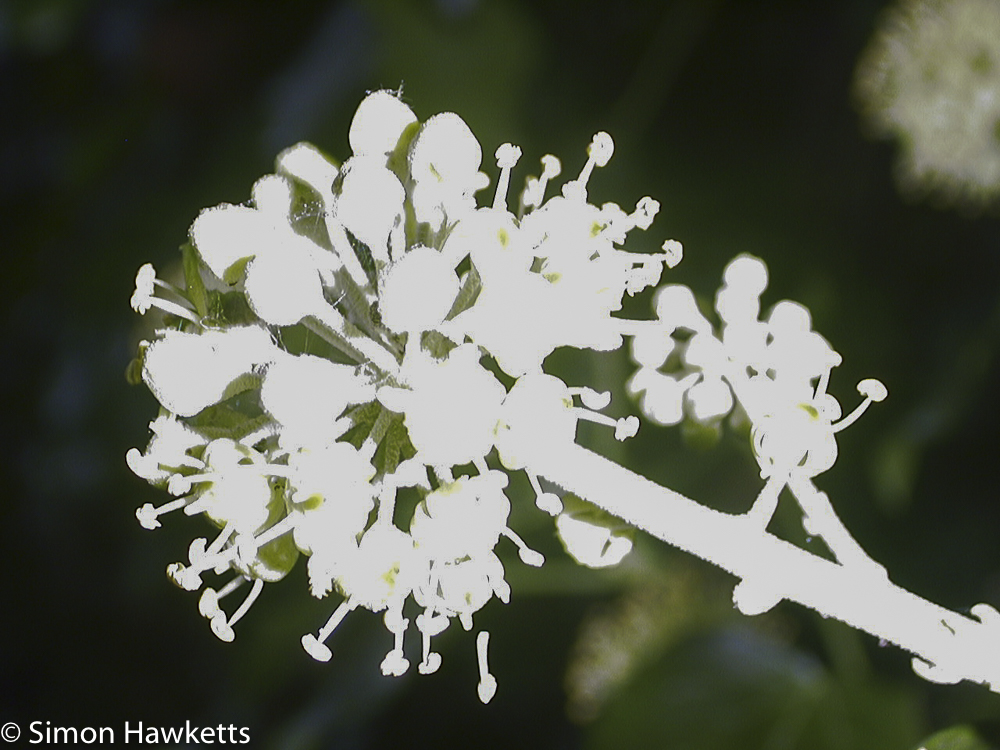
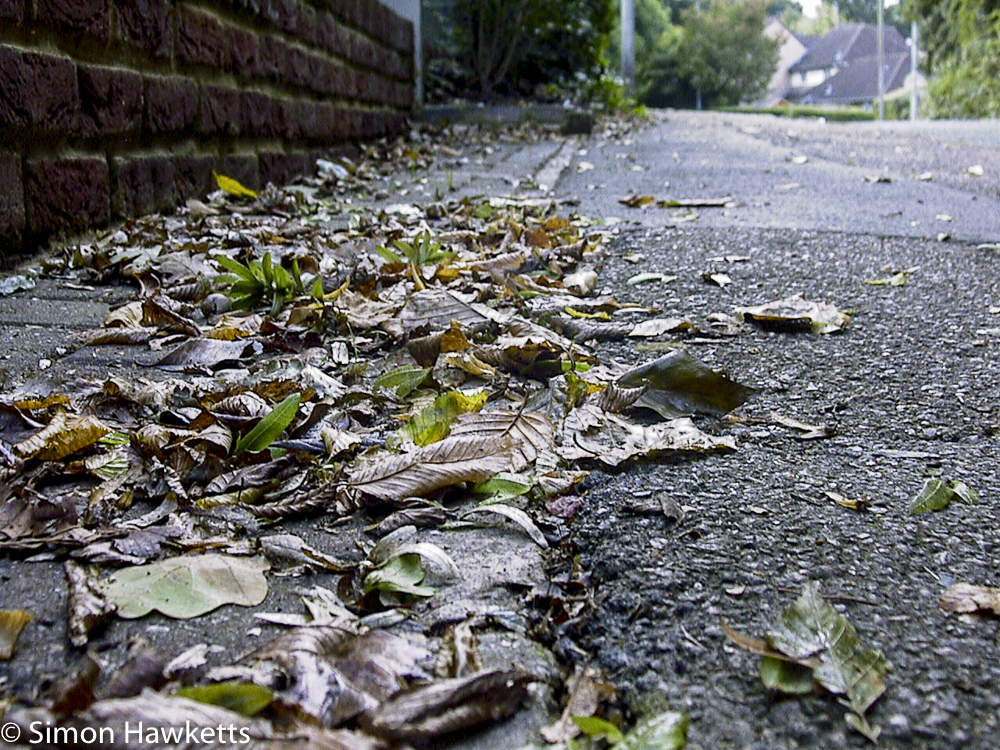
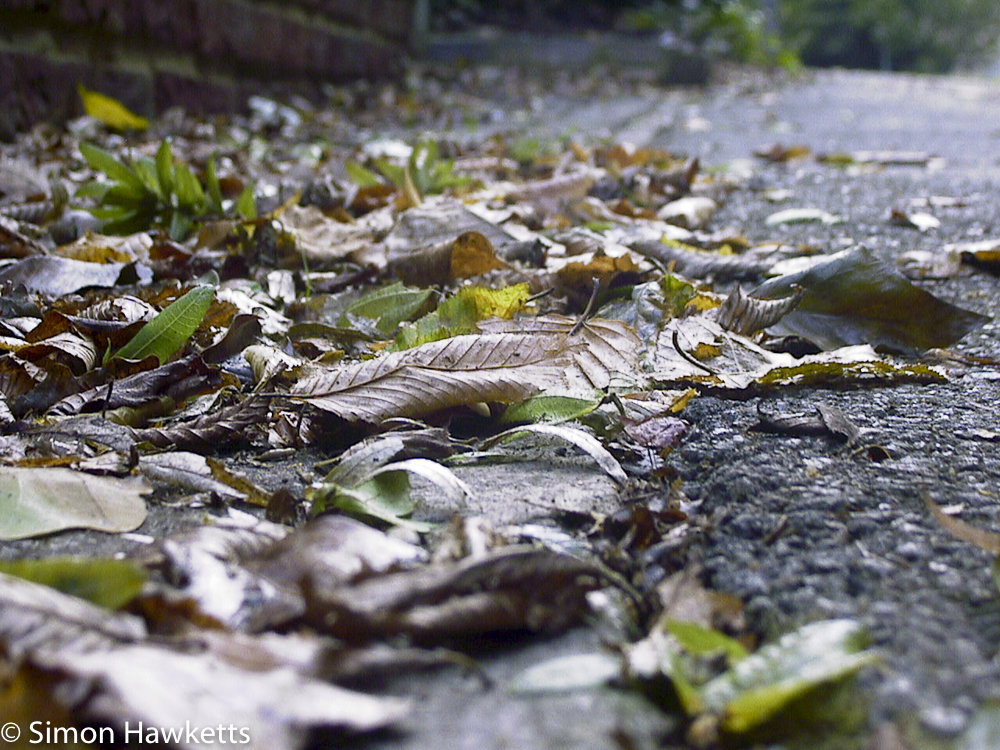

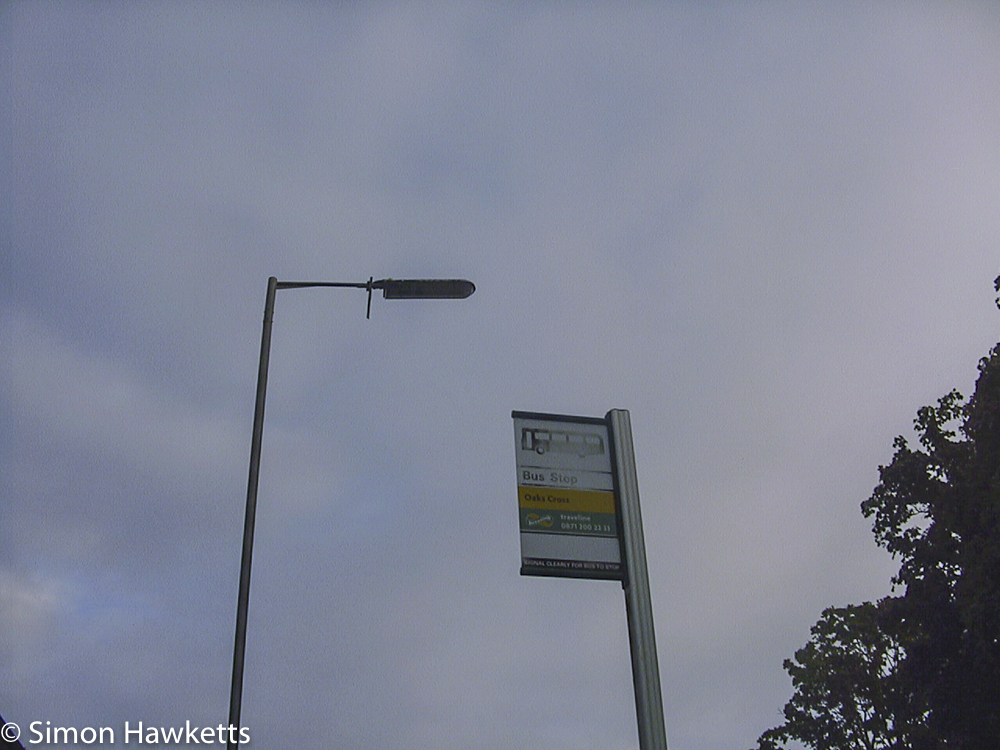
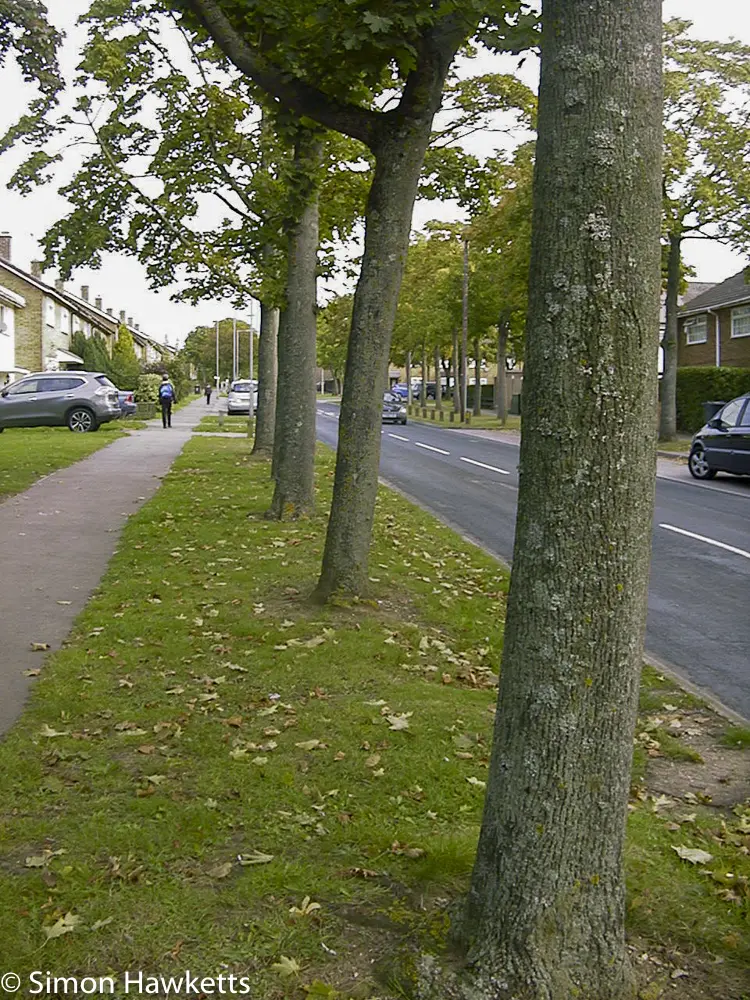
My Ricoh RDC-4200 Camera
I bought this camera from eBay as a non-working unit for a few pounds. The camera was complete in its original box with the software, cables, smart media card and carry case. Although it was described a non-working, when I received it, fitted some fully charged Eneloop AA batteries and gave it a test it seemed to work fine.
The condition of the camera is pretty good considering its age. All the buttons work, the swivel lens unit doesn’t have any slack or play in its joint, and there is no major area of damage.
There is a slight yellow tinge to the glass in front of the flash, which may be due to ageing, and the chrome trim around the lens is a bit scuffed, but overall I’d say that’s not too bad.
RDC-4200 description
In design the RDC-4200 is similar to the Nikon Coolpix 4500 in that the lens is on a separate, swivel mounted section of the camera which gives it the ability to be easily positioned whilst keeping the LCD view-screen in a good position to view.
On the Nikon, the flash is mounted in the lens unit to make sure the flash-light was always illuminating the subject – on the Ricoh, the flash is positioned in the body and moves as the lens unit is rotated. This is both more complex to engineer and less effective because as the lens unit moves over the top of the camera, the flash can’t follow it round!
The rest of the camera design follows fairly conventional lines with the LCD on the back of the body and a mode dial, control buttons and the shutter release on the top of the camera. On the bottom of the camera are two battery compartments, one is for the 4 AA batteries which power the camera and the second one is for a flat cr2025 cell which keeps the internal clock and camera options stored. There is a rubber flap on the back of the camera which covers the DC in, video out and serial/RS232 connector (no USB here) and a door on the side of the camera is provided to access the SmartMedia card used to record pictures.
The sensor resolution is quite low at only 1.32M pixel, which gives a maximum picture resolution of 1680 x 960. Although these days that would be a very low resolution, at the time this camera was made it was respectable. Mind you, the manufactures at this point were definitely locked into the ‘more is best’ approach with each year’s offering having more pixels than the last, so within a year of the release of this model it would look pretty poor.
The lens unit has an optical zoom of 3 times and then a digital 2 times zoom. Since the digital zoom is simply cropping the picture it’s something I personally never use and in fact I didn’t find how to enable it in the menu system. The lens itself is protected by an integral lens cover which opens as the power is turned on.
Unfortunately, there is no optical viewfinder fitted, you need to rely on the LCD to compose pictures, which as we know is a fairly difficult proposition in full daylight.
Although the RDC-4200 is quite old, it is still fairly sophisticated in the level of control it offers. When I started increasing my digital camera collection I was quite surprised at the level of control a lot of these early digital cameras had, but I suppose they were being designed after many years of designing 35 mm film cameras and by the late 1990s that technology was producing some quite sophisticated units. The RDC-4200 offers auto and manual focus, exposure compensation, white balance adjustment, self-timer and even an interval timer option, but all these settings were accessed via the single menu button, so the camera doesn’t have the instant control options of a modern unit.
Shooting Experience
I took the RDC-4200 with me on a morning walk to see how it performed and what it is like to shoot with. The pictures I took are included above, and they were all recorded at the top resolution and picture quality in JPEG. They were then imported into Lightroom for a few very small tweaks and exported to 1000 px on the longest edge.
As I’ve mentioned numerous times in the past, the biggest drawback with cameras without a proper viewfinder is the difficulty composing on an LCD screen in daylight. Fortunately I used the camera in the early morning, so the light wasn’t too harsh, but even so it was really difficult to see anything much on the screen. There is a small control on the bottom of the camera which can be used to change the brightness level, but even full brightness it was challenging.
Regarding the results, I think the camera has a few issues. For a start, the sensor finds it very difficult to deal with a large degree of dynamic range. In a lot of the pictures above, the sky is washed out and couldn’t be recovered in Lightroom. In pictures where there wasn’t the dynamic range, the camera has made quite a nice job – for instance the pictures of leaves on the road and the tree trunk.
The other problems I noticed were that the flash power in macro mode didn’t seem correctly controlled, and there was quite a lot of optical distortion in the lens – quite a few of the pictures have curved lines where they should be straight!
Ricoh RDC-4200 specifications
- Ricoh 4200 compact digital camera with swivel lens unit
- 1/3 inch CCD 1.3M pixel sensor
- 1.8 inch LCD monitor for composition and picture viewing
- Centre weighted metering
- Auto and 5 preset white balance
- Shutter 1sec to 1/500sec
- SmartMedia picture storage
- Aperture f/2.8 to f/14 (max aperture depends on lens focal length setting)
- Auto focus with macro setting down to approx 3 inches
- Built in flash
- Resolutions 1280×960 & 640×480 recorded as jpeg with 3 quality settings
- Recording in TIFF also available
- 4 AA batteries + cr2025 cell
- Manual available on-line here.
Discover more from Everything Vintage
Subscribe to get the latest posts sent to your email.

